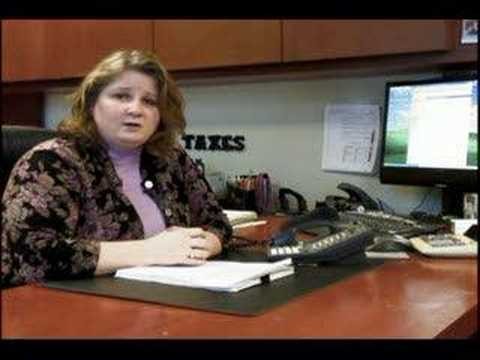Money Management Matters In Futures Trading_1
Post on: 12 Июнь, 2015 No Comment

It is a common assumption that most traders lose money, while winning traders are few and far between. But what sets these winners apart from the masses? It isn’t the ability to pick precision entries, but rather an understanding of money management. Read on to find out how this often-overlooked aspect of trading contributes to success.
Practicing Discipline
Money management may be the most overlooked area of trading. The subject is often overlooked because it is misunderstood, and frankly, it sounds boring compared to a discussion of stochastics or technical analysis. However, it is critical to any successful trading plan.
Even a trading plan as simple as a moving average crossover system can be a net winner when money management is applied. This discussion of money management will build a foundation of concepts that can be applied to any trading plan.
A money management plan will help you in another key area — discipline. Many investors don’t hesitate to enter an investment, but then they are at a loss as to what they should do next. Having a money management plan will keep investors disciplined and prevent the balance of emotions, fear and greed, from getting out of sync. (For related reading, see Having A Plan: The Basis Of Success .)
Starting From Square One
A good place to begin when considering money management is the concept of risk control. Traders are attracted to futures because of the leverage that is provided — vast sums can be won on very little invested capital. However, the cost of that leverage is the fact that you can lose more than the balance of your account. So, how can you control that risk? (For more insight, see Tutorial: Futures Fundamentals .)
First, consider that the rules regarding margin are about minimums. There are no rules that affect the maximum margin you can apply to a trade. In other words, if you are concerned with the leverage of potential losses of a market, apply more capital. True, you will be reducing your overall return, but this also brings everything into balance. (To read more about this topic, see the Margin Trading tutorial.)
Example: If corn is trading at $3 per bushel and a contract is 5,000 bushels, then the full contract value of a single contract of corn is $15,000. The exchange generally requires a minimum margin of around 5-7%, which would be between $750 and $1,050. This is the minimum.

If our trading plan requires that we risk a $0.10 move in corn, we are risking $500, or around 48-66% of our investment. However, if half the contract value were applied to the trade, or $7,500, that same $0.10 move would account for only 6.6% of our invested capital. That’s quite a difference. Increase that to investing the full contract value and a trader on the long side (buy) removes the possibility of losing more than the initial investment.
So what is the right amount to risk on a trade? There is no hard and fast rule on this, but account size, risk tolerance, financial objectives and how it fits the total trading plan should all be taken into account. You can see from the example above that there is quite a range. Conservative traders generally risk around 5-7% on a given trade, but this also requires either a larger amount of capital or precise entry and exit points. Increasing that to a 12% risk allows for taking on a little more leverage and wider market swings. More than that amount isn’t necessarily wrong — it just depends on other factors of your plan. However, if you’re taking on bigger risks, you must also consider whether your profit objective is realistic.
Consider this mathematical anecdote while you think about where your risk tolerance fits in to the above discussion. If you take a 50% loss on a trade, you need to achieve a 100% return to get it back. For example, if you own 100 shares of a stock at $50 per share and it loses 50%, your $5,000 will drop to $2500. You must now achieve a 100% return to get back to $5,000. Thinking about risk in this way can put your risk tolerance back into perspective!
Stop Runaway Trading Losses
The key to keep in mind when you’re setting your stops is that the stop price must fit the market. If the required risk on a trade is too much for the trader’s risk tolerance or account size, then the trader should find a market that fits. It is foolish to trade a market with too little capital. There is an old saying that warns against bringing a knife to a gun fight. Likewise, if you come to a market with too little capital, you may as well save everyone a lot of time and cut a check for the trade’s counterparty right then and there.














